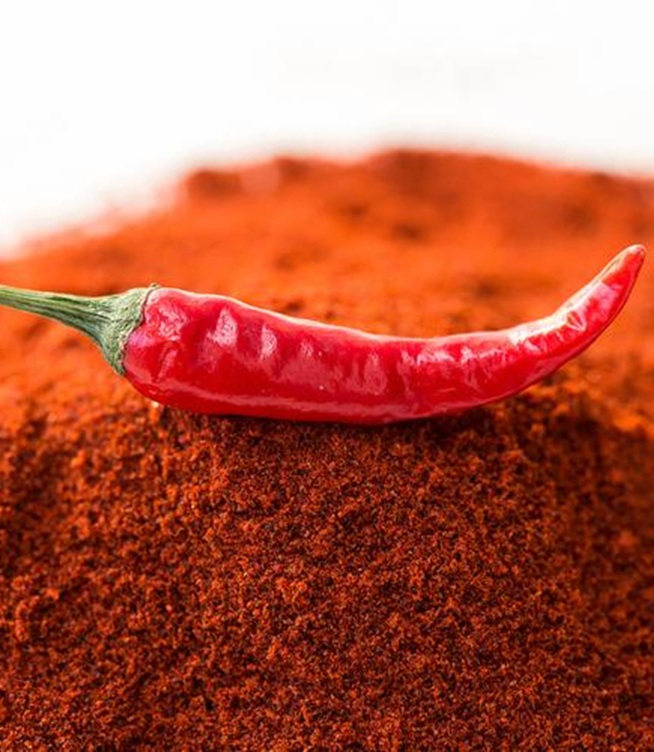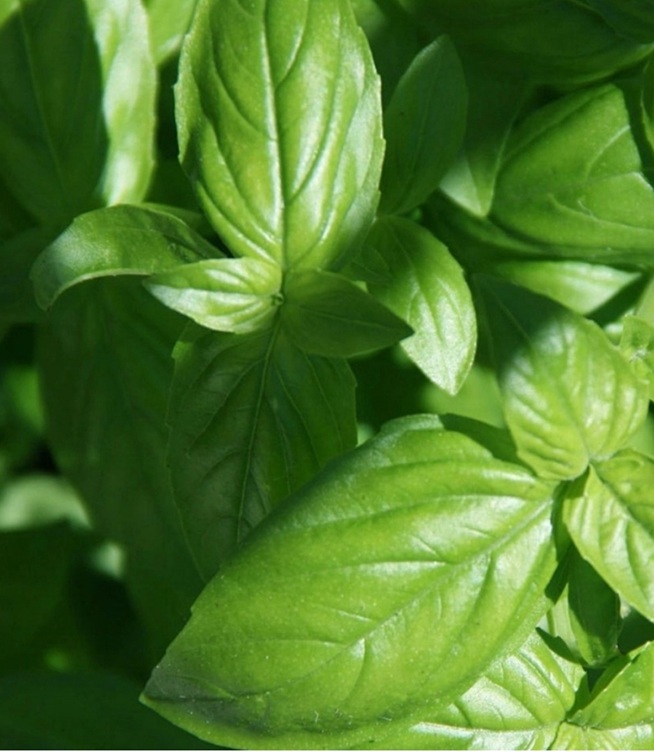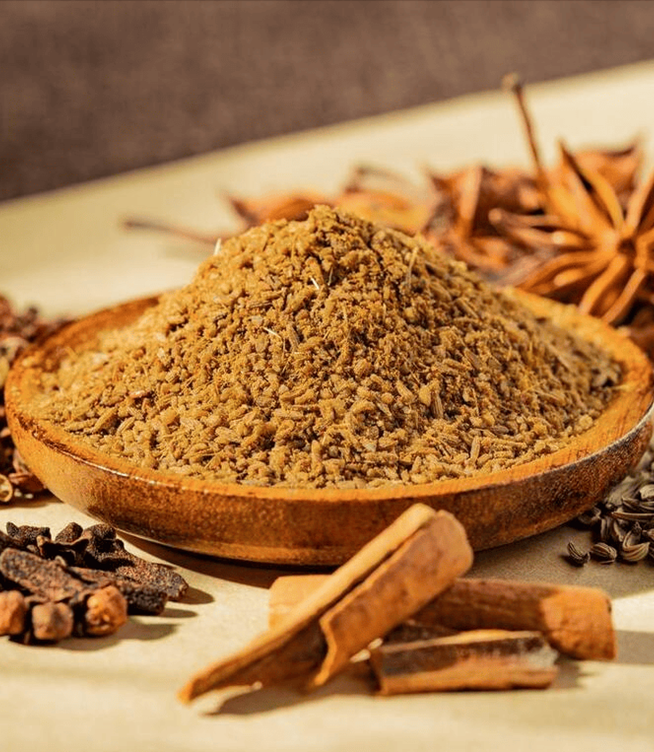Spice Pairing Philosophy Inspired by Traditional Chinese Medicine: The "Jun-Chen-Zuo-Shi" Framework
The principle of "Jun-Chen-Zuo-Shi" (literally “Monarch, Minister, Assistant, and Guide”) is a cornerstone of traditional Chinese medicine (TCM), used to describe how different herbs work together in harmony. Interestingly, this systematic theory can also be applied to the art of spice blending — helping us understand how to combine spices in a layered, balanced, and effective way to build complex and harmonious flavors.
What is Jun, Chen, Zuo, and Shi
Jun (Monarch Spice): This is the core spice in the formula, determining the dominant aroma and flavor direction. In Chinese five-spice powder, for example, star anise, Sichuan Peppercorn, or cinnamon often play the leading role, establishing the primary aromatic profile.
Chen (Minister Spice): Minister spices support and enhance the monarch spice, expanding the overall complexity. For instance, clove boosts the sweetness of star anise, while fennel enhances the pungency of Sichuan peppercorn. These spices usually share similar or complementary notes with the monarch.
Zuo (Assistant Spice): Assistant spices help soften sharp edges, resolve conflicts among ingredients, and create a smoother mouthfeel. For example, tsaoko (black cardamom) can mellow the intensity of star anise, and amomum fruit (sharen) brings harmony to strong spicy flavors. This role is crucial for balancing taste in the final product.
Shi (Guide Spice): Used in small amounts, guide spices fine-tune the blend by lifting aroma and tying the formula together. Aged tangerine peel (chenpi) adds a final aromatic lift, while licorice smooths and harmonizes the overall profile. Guide spices help improve the aftertaste and overall flavor cohesion.

20 Commonly Used Chinese Spices
Sichuan Peppercorn – Adds tingling aroma and removes off-odors; key in numbing flavor profiles.
Star Anise – Sweet, licorice-like; a core spice in five-spice blends.
Bay Leaf – Mild aroma that balances strong spices; reduces unwanted odors in braised dishes.
Cinnamon (Cassia) – Strong aroma and deodorizing power; commonly paired with star anise.
Angelica Root (Bai Zhi) – Removes odors; adds bitterness if overused; often used in chicken dishes.
Nutmeg – Aromatic, slightly bitter and spicy; has natural preservative effects.
Myristica Fruit (Xiang Guo) – Prominent bitter-spicy note; very versatile.
Tsaoko (Cao Guo) – Boosts appetite and softens the harsh notes of stronger spices.
Aged Tangerine Peel (Chen Pi) – Bitter and citrusy; balances and enhances other spices.
Galangal (Liang Jiang) – Strong, rich aroma; enhances flavor depth.
White Cardamom (Bai Kou) – Effective in deodorizing, especially in lamb or beef.
Clove – Pungent, slightly sweet; masks gamey flavors; used sparingly.
Fennel Seed (Xiao Hui Xiang) – Sweet-cool flavor that enhances depth and complexity.
Amomum Fruit (Sha Ren) – Mild, slightly spicy; helps blend pungent spices.
Cumin – Strong and distinctive aroma; widely used in BBQ and curry blends.
Coriander Seed – Light citrusy fragrance; used in curries and Southeast Asian recipes.
Black/White Pepper – Black pepper is bold and pungent, white pepper is milder and warming.
Sand Ginger (Shan Nai) – Excellent for reducing fishy smells and enhancing poultry flavor.
Perilla Leaf (Zi Su) – Refreshing, with minty and citrus notes; used in seafood and pickles.
Green Cardamom (Cao Kou) – Pungent and slightly bitter; breaks down gaminess and tenderizes poultry.
The Art of Proportional Blending
There is no single, fixed formula for spice blending. Recipes vary widely by cuisine, region, and culinary application. However, a widely used ratio based on the Jun-Chen-Zuo-Shi framework is:
50% Monarch (Jun)
30% Minister (Chen)
20% Assistant & Guide (Zuo & Shi)
The complexity of a spice blend depends on the nature of the ingredients. For fresher, high-quality raw materials with fewer off-odors, simpler blends work well. For less fresh or more odor-prone ingredients, a more diverse blend is often needed to balance or elevate the flavor.
This principle reminds us: simplicity comes from mastering complexity. By understanding the function and interaction of each component, we can create spice combinations that are both effective and refined.
In today’s food industry, the Jun-Chen-Zuo-Shi framework offers a systematic approach to flavor formulation. It can be applied in areas such as: compound spice blend development, natural extract formulation and functional food innovation.
This method helps R&D teams clarify priorities, resolve ingredient conflicts, and enhance overall harmony. As Chinese-style seasonings go global and demand for natural ingredients rises, adopting this traditional wisdom can be a powerful tool for high-quality food innovation.
Interested in learning more about ShunDi’s natural spices and compound seasoning solutions? Feel free to contact us for customized samples and technical consultation.










